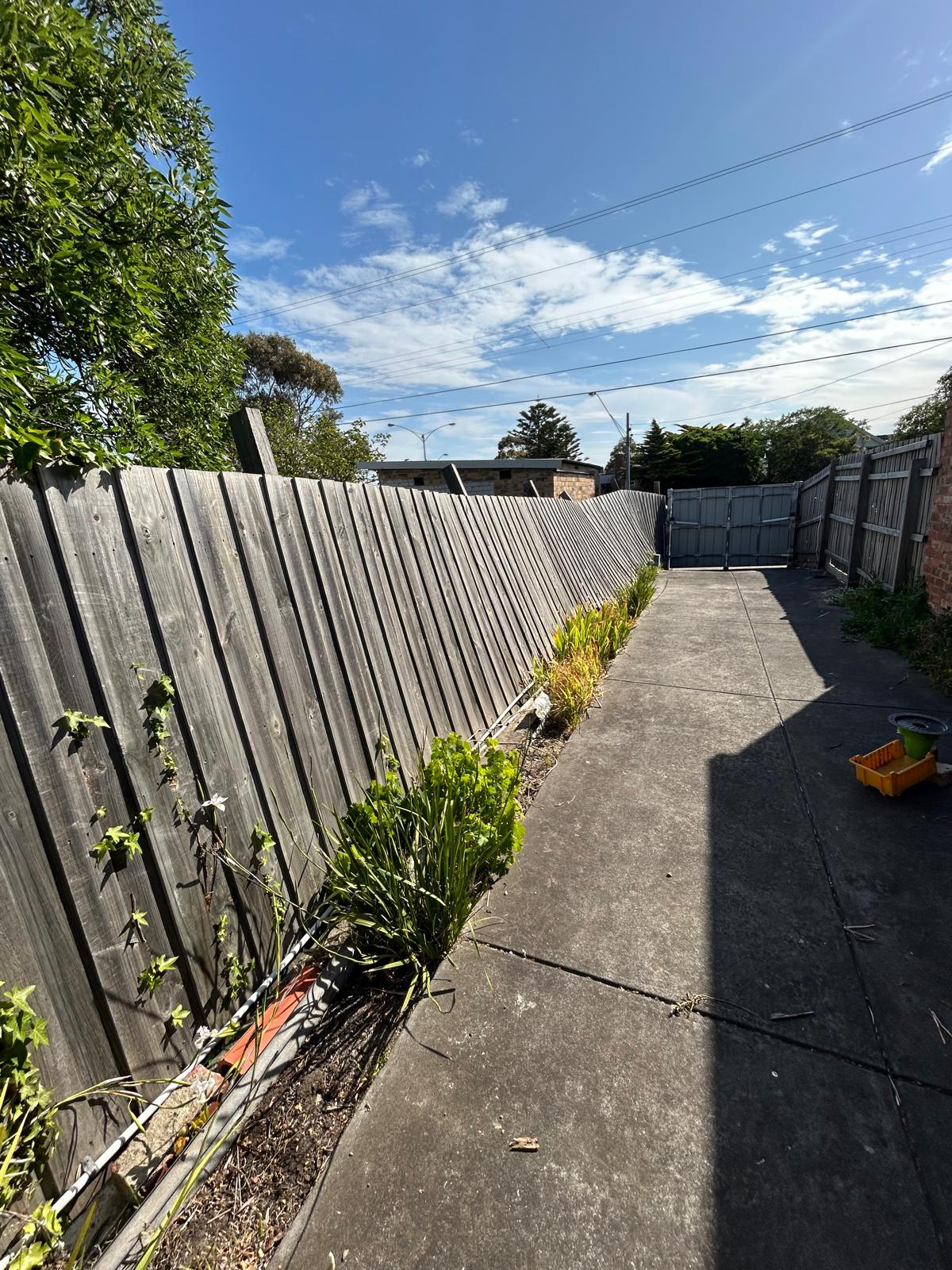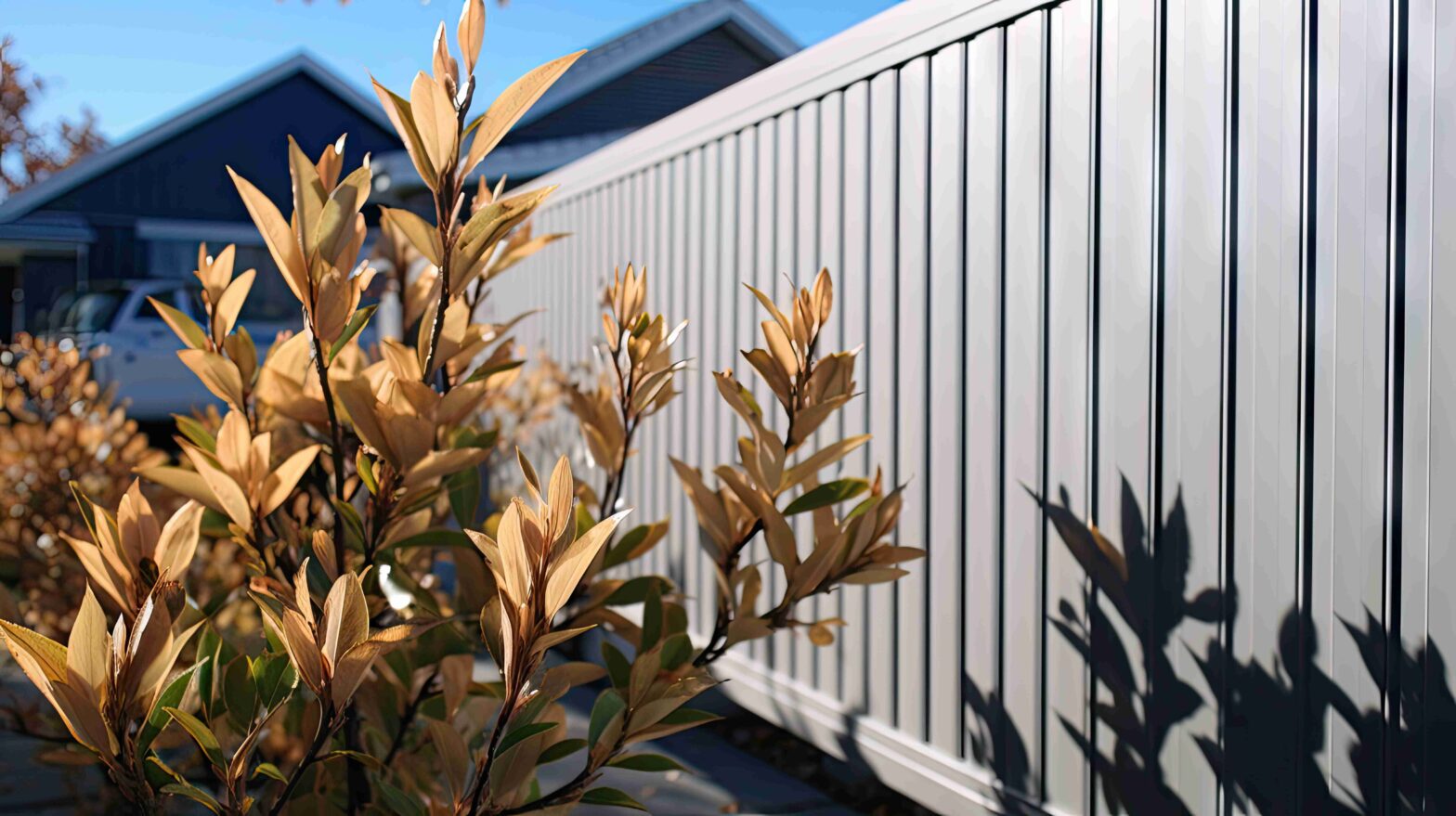What Is the Best Timber to Use for a Picket Fence?

Anytime a discussion on old-fashioned housing design comes up, the idea of picket fences enters the chat nine times out of ten. For over a century or two, this wooden fence design has been the means by which property owners enclose their territory and safeguard it from intruders. And while it may not look like it can deter trespassers, people still love it for its aesthetic.
Similar to their timber counterpart, a picket fence is made out of timber. In fact, its origins can be traced to medieval warfare, where armies would set up pointed sticks referred to as piquet to protect archers from cavalry charges. These were also fashioned from timber but much longer, pointier, and simpler to produce and install.
But in this case, we aren’t up against soldiers but insects and the elements. The kind and quality of timber will determine how well a timber picket fence will hold up against threats to its integrity. Here are a few notable examples.
Pine
Pine wood is arguably the most common choice for creating the best timber fencing, down to the individual pickets. It’s classified as a softwood, a type of wood derived from coniferous trees. That said, don’t let the term fool you.
While it’s true that softwood is less dense than hardwood, it’s the “soft” part that allows pine to be a popular pick. Pine trees grow at a rate of two to three feet (0.61 to 0.91 metres) yearly, reaching full maturity in as early as nine years. As a result, there’s hardly a shortage of pine wood at any given time, which keeps its cost low.
As a softwood, pine wood is also easy to cut into shapes. However, it lacks protection from insects and the elements as it is, so it undergoes pressure treatment. This process adds to the wood’s cost but not enough to make it expensive compared to other options.
There are between 100 and 200 species of pine trees worldwide, but only two are widely used in the fencing business. These are Southern Yellow Pine and Eastern White Pine.
Southern Yellow PineAlso known as yellow pine, this species of pine wood is borderline hardwood with a Janka Hardness Value (JHV) of 870 lbs/ft. As such, it’s the more popular of the two, characterised by yellowish hints close to the edges and between yellow and reddish brown hints around the core. |
Eastern White PineAlso known as white pine, this one is much softer with a JHV of 380 lbs/ft. It’s one of, if not, the softest species of pine, let alone among the softwoods. The wood is mainly used for aesthetics, as it’s easier to stain than yellow pine because it has far fewer resin pockets than yellow pine. |
Cypress
Although sometimes called cypress pine, this tree is in no way related to the pine family. It still grows conifers, though, meaning it’s classified as a softwood. Nevertheless, Grays Fences & Gates prefers this wood for fashioning individual pickets for a couple of reasons.
First, despite being a softwood, the timber industry tends to group it close to the low-end hardwoods like cherry and white oak. This has a lot to do with the environment it thrives in, which – depending on the species – grows in moist or arid areas. Also, it isn’t unusual for cypress trees to grow alongside hardwood ones.
The game changer, however, is its natural preservative known as cypressine. While most softwoods need to undergo pressure treatment, cypress mostly doesn’t need this process due to the preservative. Apart from being naturally resistant to wood-eating insects, it’s also known for being weather-resistant and enduring salty coastal air.
Last but not least, cypress wood can be locally sourced with ease because Australia has different types of native species. One kind used in making picket fences is the Australian cypress, which despite still being considered a softwood, has a JHV of 1,360 lbs/ft. It’s as hard as white oak and harder than cherry, black walnut, and some species of oak.
Unfortunately, cypress can be quite pricey compared to treated pine. As far as our picket fencing system is concerned, we limit cypress to only the pickets and fence posts to keep it as affordable as possible. The rest of the parts are made with treated pine.
Jarrah
Jarrah is another type of local timber endemic to the south-western savannahs of Western Australia. With a JHV of 1,860 lbs/ft, this hardwood is one of the sturdiest in the Australian timber market with a wide range of uses from railway sleepers to, of course, picket fencing.
As a hardwood, jarrah is well-protected from bugs and erratic weather conditions due to its high wood density. Even when walked on or something slams against it, the wood won’t be dented too easily. Given all the harshness timber fences are subject to every second, building a timber fence out of hardwood is never a bad idea.
That said, such wood density takes years to form. This is as true for jarrah as for the rest of the hardwoods; in the former’s case, it reaches full maturity after an estimated 120 years. As such, there isn’t as much supply of Jarrah as the other two we discussed. It’s the total opposite of pine – low supply means high cost.
The Verdict

The best wood fencing offers a healthy balance of durability and fence cost, among other factors. While you can’t go wrong with treated pine, especially if money for the fencing project is somewhat tight, it won’t take much to dent it, whether from flying debris or an accidental hit on your part. On the other hand, jarrah and other hardwoods are undeniably resilient but can be too costly.
Cypress fits the balance criteria thanks to its unusual hardness for a softwood species and its availability. It’s also a popular choice for anyone wanting picket fences to look rustic or au naturel thanks to its beautiful shade.
Then again, picket fences are among the most budget-friendly timber fences on the market right now. You can probably get away with much harder timber as long as it doesn’t break your fencing project budget and won’t break too soon.
A new fence can dramatically enhance the aesthetic appeal of your property, especially when choosing a durable material that complements your outdoor space. When selecting the best wood for your timber fencing, consider how the fence style will blend with your landscape for a natural look so your wooden fencing can enhance your home’s aesthetics for a long time.
Keep up with the latest from Grays Fences & Gates
Subscribe to our blog and get latest news, inspiration, and resources delivered directly to your inbox.


